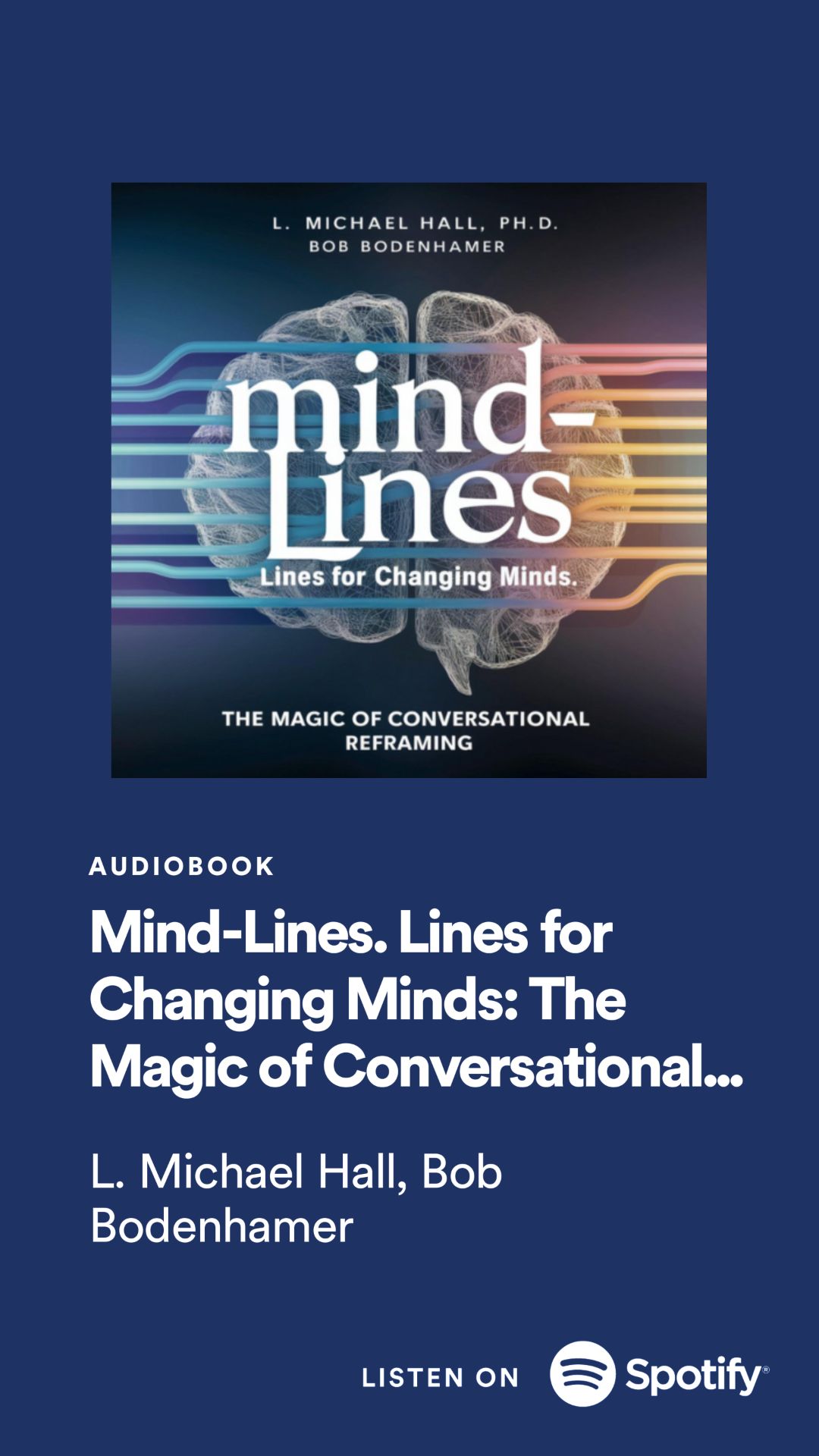This post was originally published in Neuropsychotherapist magazine January 2015
and written by
Bruce Ecker
Coherence Psychology Institute
Misconception 2:
The Disruption of Reconsolidation Is What Erases a Target Learning.
As soon as a reactivated target learning encounters a single brief but vivid mismatch experience, the tar- get learning is deconsolidated and for about five hours is open to being changed or erased at the level of its synaptic encoding. Erasure is the focus of this article, because it is erasure that is experienced clinically as liberating, transformational change, that is, complete and permanent disappearance of an unwanted behavior or state of mind. As noted above, erasure of a deconsolidated target learning has been accomplished by researchers either by guiding new learning that nullifies the target learn- ing or by applying chemical agents. Those two pro- cesses of erasure are fundamentally different. Chemical agents used for this purpose are those that block some step in the complex cellular and mo- lecular process by which a memory circuit restabilizes into a consolidated state (for a review, see Reichelt & Lee, 2013). Administered just before or after a target learning is destabilized, these chemical agents se- lectively act upon only deconsolidated, destabilized memory circuits without affecting consolidated ones. This blockage of the reconsolidation of the target memory circuits impairs and destroys these circuits, erasing the target learning by disrupting the very process of reconsolidation. This disruption takes effect not immediately upon administration, but when restabilization would normally happen, about five hours after initial destabilization. In contrast, erasure by new learning is understood by researchers as de-encoding and/or reencoding the target learning’s synapses, unlearning and nullifying the prior content of that learning, but leaving the neurons and synapses operating normally and allowing the natural restabilization/reconsolidation of the circuits to occur. This results in memory circuits that no longer contain the target learning. Erasure by new learning occurs through the utilization of the re- consolidation process rather than through its disruption. One might characterize this type of erasure as disrupting the content of the target learning, but the reconsolidation process itself is not disrupted. Thus, referring to this type of erasure as a “disruption of re- consolidation” is a misconception and a misrepresen- tation of the actual process. Most of the chemical agents successfully used in animal studies to disrupt reconsolidation are unsuit- able for use with humans due to toxicity, side effects, or slowness of action (Schiller & Phelps, 2011).
However, with human subjects the beta-adrenergic block- er propranolol is safe and has been tested in numer- ous studies ranging from Pavlovian (associative) fear conditioning to genuine PTSD conditions in clinical trials, as reviewed by Agren (2014). Results have var- ied widely for both associative fear conditioning and genuine PTSD. For associative conditioning, full era- sure by propranolol was demonstrated by Kindt et al. (2009) and Soeter and Kindt (2011), but Bos et al. (2014) measured no reduction of fear at all. Bos et al. acknowledged, “The current findings clearly indicate that we did not trigger reconsolidation during memory reactivation” (p. 6). They offered the speculation that the cause of the negative result appeared to be a failure of their reactivation procedure to generate the required memory mismatch/prediction er- ror experience, and they drew the lesson that “Future studies may benefit from protocols that are explicitly designed to assess and manipulate prediction error during memory retrieval” (p. 7).
For PTSD, Brunet et al. (2011) measured a significant reduction of symptoms due to propranolol, but Wood et al. (2015) reported no reduction of symptoms using either propranolol or mifepristone, a glucocorticoid blocker that interferes with the neural (and other) effects of the stress hormone cortisol. Wood et al., in discussing various possible causes of their negative results, gave no consideration or mention of the requirement for memory mismatch. It seems probable that in chemical disruption/PTSD studies that did achieve symptom reduction, the procedure included mismatch un- wittingly. For example, Brunet et al., unlike Woods et al., had subjects speak out their account of a traumatic experience to an interviewer, thus creating what trauma therapists term dual focus, an experiential state in which attention is simultaneously directed to a safe ex- ternal environment and an internal traumatic memory. Dual focus maintains a dissociation and subjective distance between conscious attention and the attend- ed contents of traumatic memory, and appears to be a critical ingredient in some trauma treatment pro- cedures that achieve rapid, lasting depotentiation of traumatic memory and cessation of PTSD symptoms (see, e.g., Lee, Taylor, & Drummond, 2006). Dual focus creates memory mismatch in the form of a strong perception of safety concurrent with traumatic memory reactivation, as well as through facilitating internal accessing of existing personal knowledge that contradicts the contents of the traumatic memory schema (Ecker, 2015). For clinical purposes, a natural process of erasure through unlearning rather than through chemical agents is of course greatly preferable, as a rule. The clinical feasibility and effectiveness of erasure through new learning have been demonstrated for symptoms and target learnings of many kinds, including but not limited to anxiety and posttraumatic symptoms (Ecker et al., 2012; Gray & Liotta, 2012; Xue et al., 2012).
Thus, in the endogenous clinical context in particular it is a misconception to describe erasure as occurring through the disruption of reconsolidation, though the chemical approach is exactly that. At the opposite end of the terminology spectrum, researchers sometimes use the phrase, “the enhance- ment of reconsolidation.”
This phrase denotes not a strengthening of the reconsolidation process itself, but a strengthening of the behavioral expression of a target learning that results, after its reconsolidation, from various procedures applied during the period of destabilization (for reviews, see Delorenzi et al., 2014; Forcato et al., 2014). The phrase therefore is essentially synonymous with “reconsolidation-induced enhance- ment of memory expression.” Here we have yet another way in which the word reconsolidation is used by researchers, and again we see that for accurate understanding, readers of reconsolidation literature must consider carefully what an author’s phrasing actually is intended to mean.














